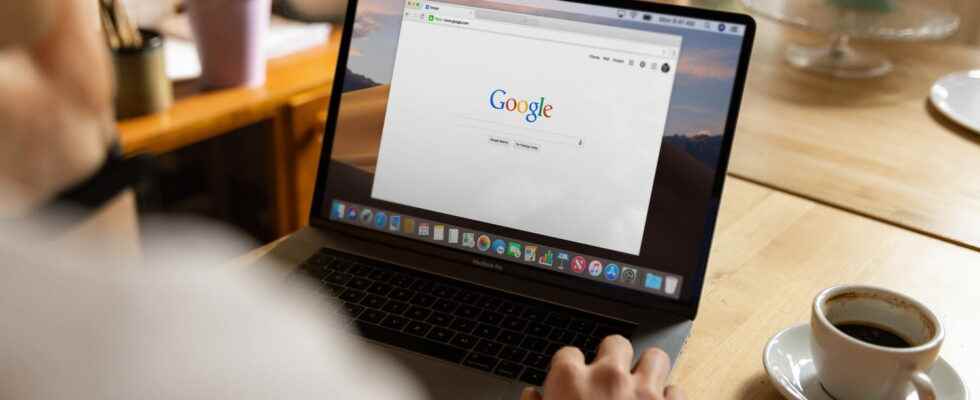There is a change on the Google home page! The search engine has a new button to analyze a photo with the Google Lens image recognition tool, with just one click.
Although the Google home page has seen its design evolve over the years, it has always been made up of the same elements: a plain background with the Google mark in its center, a search bar and, just below, the two buttons Google Search and I’m lucky. But since the 1er November, the firm made a very practical little change that can easily go unnoticed. Indeed, as announced on Twitter Rajan Patel, vice-president of engineering at Google, the search bar has a small camera-shaped button on its right. It is neither more nor less than the Google Lens image recognition tool, which allows you to search for similar shots on the Internet.
The google homepage doesn’t change often, but today it did. We’re always working to expand the kinds of questions you can ask and improving how we answer them. Now you can ask visual questions easily from your desktop. pic.twitter.com/p9ldYvXnTK
—Rajan Patel (@rajanpatel) November 1, 2022
Google Lens: search for an image in one click
As a reminder, Google Lens is a tool that was launched in 2017 and has gradually made its way to different interfaces. First integrated into Google Assistant and Google Photos on Pixel smartphones, it spread to Android and iOS, then to the Chrome browser, to finally land on all web browsers, including PC (see our practical sheet) . Google Lens allows you to search an image to find similar shots on the Internet. The tool goes much further, since Google’s algorithms analyze the content of the image and extract a lot of information from it. For example, for the photo of a dog, Google Lens will determine its breed. For a flower or a plant, it will indicate its species. It can even analyze the objects or clothing present in the snapshot and refer to online stores where it is possible to buy similar ones. Rather practical!
Google continues to promote this function by integrating it into its homepage. Now, just click on the small camera, on the far right in the search bar, to open a panel. Just drag and drop an image, import one from its files or copy the link to make a request on it. Google then offers three results: a first with the visual correspondences, another extracts the text present above, and the third allows to offer a translation if it is written in a foreign language.
